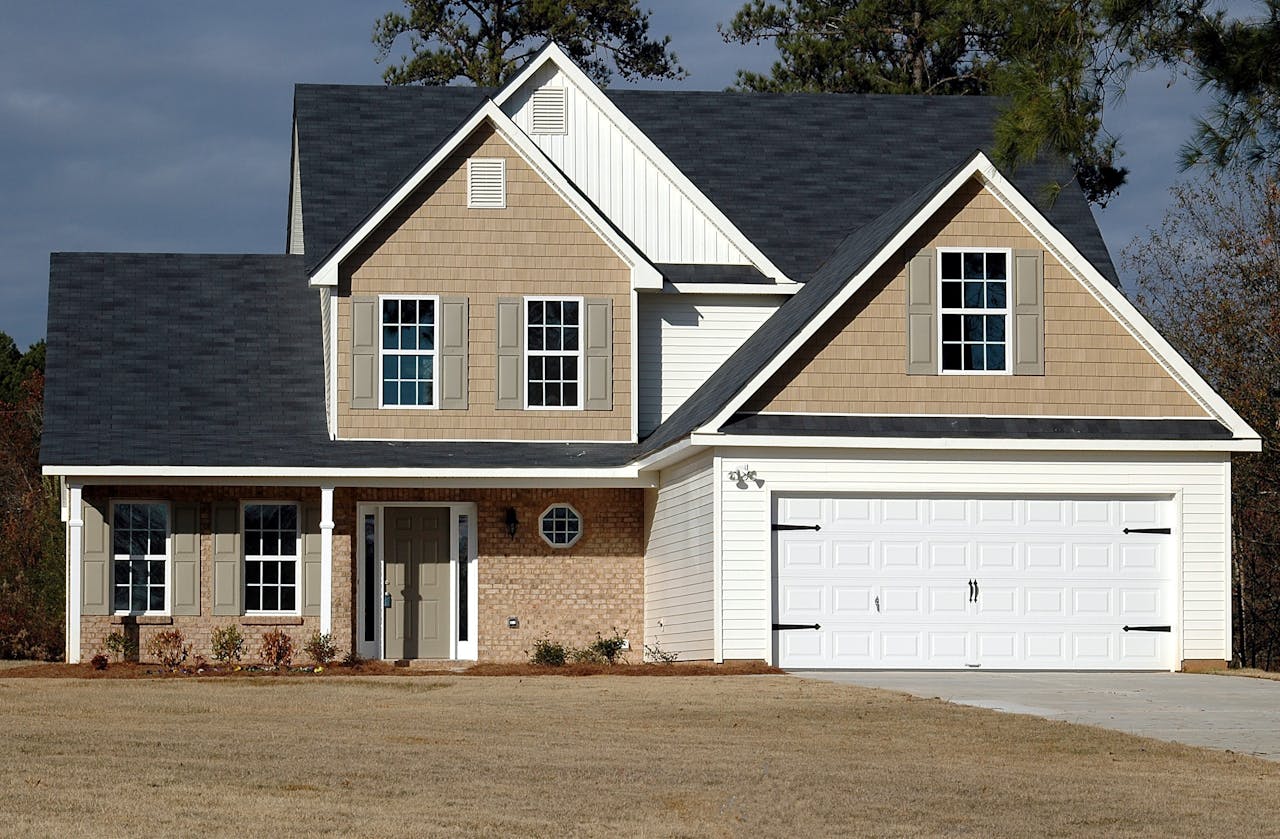Siding for your home is an essential part of the outside of your property that has practical and decorative uses. It adds to the overall value of your property and improves curb appeal in addition to shielding it from the weather. Maintaining and improving the appearance of your home requires knowing the installation procedure and selecting the appropriate siding material. This article will cover all you need to know regarding siding your home, from choosing the best material to preserving its lifetime.
Types of Siding Materials
Siding materials come in a multitude of varieties, each with special qualities, advantages, and things to keep in mind. Siding materials that are often used include brick, stucco, fiber cement, vinyl, and wood. While wood siding gives natural beauty and variety, vinyl siding is more popular due to its low cost and ease of upkeep. Fiber cement siding is a popular option for many homes because of its durability and resistance against insects and fire. Brick and stucco give longevity and a classic appearance, while metal siding offers a sleek and contemporary appearance.
Factors to Consider When Choosing Siding
Your choice of siding material should consider several criteria, including cost, durability, maintenance requirements, and aesthetics. When choosing options like board and batten siding, take into account your home’s architectural style, local construction requirements and standards, and your tastes. To help you make an informed selection that fits your requirements and values, consider the energy efficiency and environmental effects of each siding material.
Siding Installation Process
For your siding to function well and last a long time, proper installation is essential. Preparing the external surface, cutting and measuring the roofing the panels, and fastening them to the walls are usually steps in the installation procedure. Installation techniques might differ depending on the siding material. Therefore, it’s critical to follow manufacturer instructions and work with qualified experts.
Maintenance and Care
To maintain your siding looking its best and successfully safeguarding your house, regular maintenance is necessary. Regular cleaning of the siding to get rid of filth, debris, and mold, checking for wear and damage, and replacing or repairing broken panels as needed are some examples of maintenance duties. Maintenance needs might differ depending on the siding material.
Siding Replacement Considerations
Age, exposure to the elements, and other factors can cause the siding to degrade or sustain damage over time. It’s critical to know when to replace your siding if you want to preserve the integrity and aesthetic of your house. Signs like as warping, rot, cracking, the formation of mold, and severe fading or discoloration indicate that the siding needs to be replaced. When choosing whether to replace or repair your siding, take into account the age of the current siding, the degree of damage, and your ongoing upkeep objectives.
Energy Efficiency and Insulation
The siding greatly influences the insulation and energy efficiency of your home. Select thermally resistant siding materials to reduce heat transmission and raise interior comfort levels. To further improve energy efficiency, think about putting insulation behind your siding or purchasing insulated siding. Energy savings, a more pleasant living space, and lower heating and cooling expenses may all be achieved with well-installed and insulated siding.
Environmental Impact and Sustainability
Think about the sustainability and influence on the environment of the materials you choose for your home’s siding. Select siding products that are produced using eco-friendly practices, recyclable, and renewable. Seek certifications such as the ENERGY STAR rating for energy-efficient siding solutions or the Forest Stewardship Council (FSC) accreditation for wood siding. Making sustainability a top priority when choosing siding for your house will help to reduce carbon emissions and promote a healthier environment.
Conclusion
Siding your house is a big investment that has to be planned and thought out carefully. You canimprove the beauty, longevity, and energy efficiency of your house by being aware of the many available siding materials, assessing your requirements and tastes, and adhering to recommended installation and maintenance procedures. For your house to be safe and attractive for many years to come, make quality, durability, and sustainability your top priorities when choosing siding—whether it’s fiber cement, vinyl, wood, or another material.









